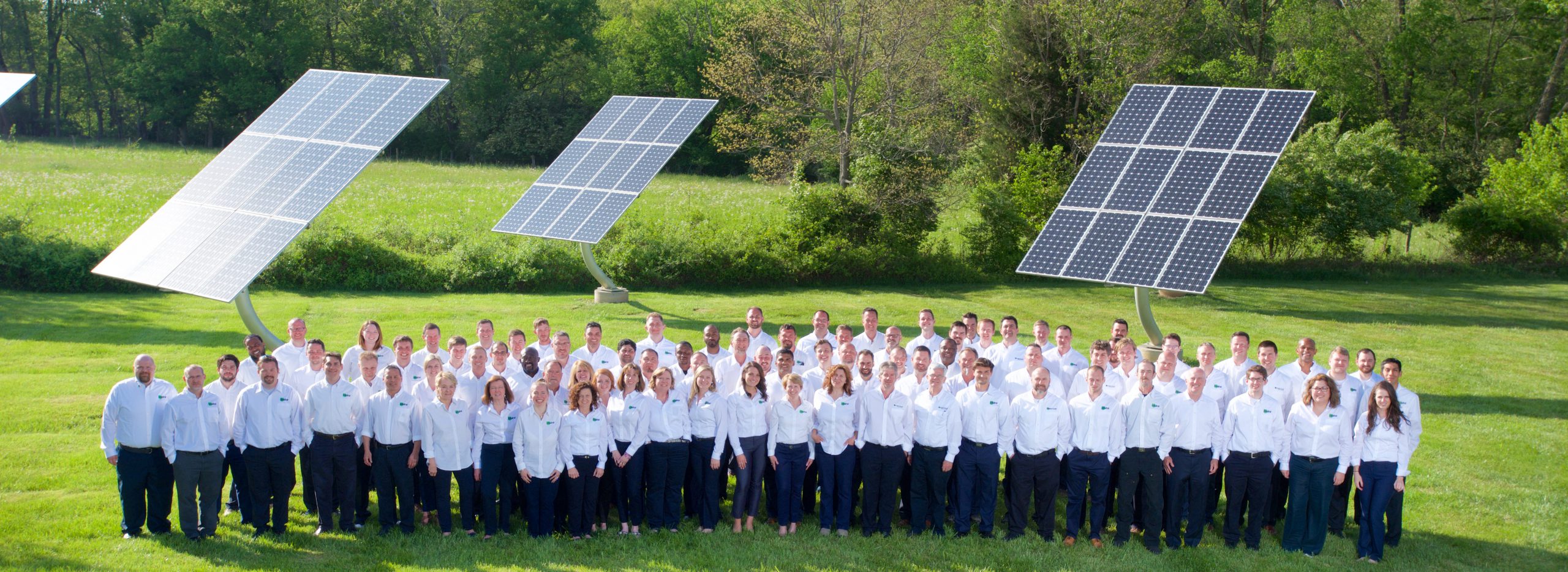‘Reduce – Reuse – Recycle’ has been the Environmental movement “catch phrase”, since the phrase was introduced for Earth Day in 1970. It’s simple, clean, and powerful. It’s misunderstood, however. Ask yourself which of these three you do the most; I also said recycle. It’s a great start but you can do better – we all can.
Think about it for a moment. How often do you truly recycle? How often do you reuse items like take-out containers or glass jars for food storage? But, how often to you make it a priority to just use less of everything (for example, bringing your own cloth grocery bags to the grocery store)? If we as individuals and businesses intend to really enact change we must focus on reduction. Cape Town, South Africa has recently limited the water supply of all residents due to an extreme shortage.
The foodservice industry is making a major push to focus on efficiency with respect to the amount of food produced as food waste moves to the forefront of consumer’s minds. Plastic waste is so bad that straws are being removed from restaurants (even McDonalds!) and people now have to pay per plastic shopping bags in certain states if they don’t bring their own. Can you believe that in 2015, nearly 7 billion tons of plastic waste was produced but only 9 percent was actually recycled? Come on people! Even major brands are overhauling their whole product offering in efforts to ‘reduce’. GM has set a goal to completely get rid of all gas and diesel vehicles and produce an all-electric fleet by 2023. There is a theme here if you can’t tell; reduction. We, as a society, are finally changing our behaviors as a whole. It’s a slow burn, but I believe our society is on the cusp of the Reduction Revolution.
Enter, Melink’s Intelli-Hood. Reduction has always been the name of the game! Our pioneering system has been reducing commercial kitchen exhaust fan energy use for over 20 years in over 11,000 commercial kitchens to date; we have only scratched the surface! Did you know that commercial kitchens consume over three times the energy of the average commercial building per square foot (as per the United States Energy Information Administration). Within this energy intensive space, the kitchen ventilation system comprised of the exhaust and supply fans consume nearly 30% of this energy; this is even higher when fans are left on 24×7. What a significant waste of energy and dollars!
Intelli-Hood simply reduces kitchen exhaust fan energy and also reduces the amount of “Make Up Air” or “Return Air” thus accounting for a reduction in the condition air as well! The direct result of this means more money in our clients pockets. Use less energy, save more money (not to mention the other intangibles benefits).
As an example, the foodservice industry sees an average profit margin of 3.5%. The impacts of cost savings with DCKV continues to be incredibly significant to the bottom line profitability. Here is a great case study showing how Intelli-Hood reduced the utility costs so much that we were able to save them over $14 million dollars which they could spend on the facets of their business that could drive more revenue. Incredible.
At the end of the day Intelli-Hood defines the reduce, reuse, recycle motto. We reduce operating expenses, reuse those saved dollars to spend elsewhere while we live to recycle this technology in all commercial kitchens on planet earth. We intend to change the world here at Melink as we know that our children and future generations need this change. While Melink continues to do more in terms of energy solutions, our society needs to use a little less. The time is now.





